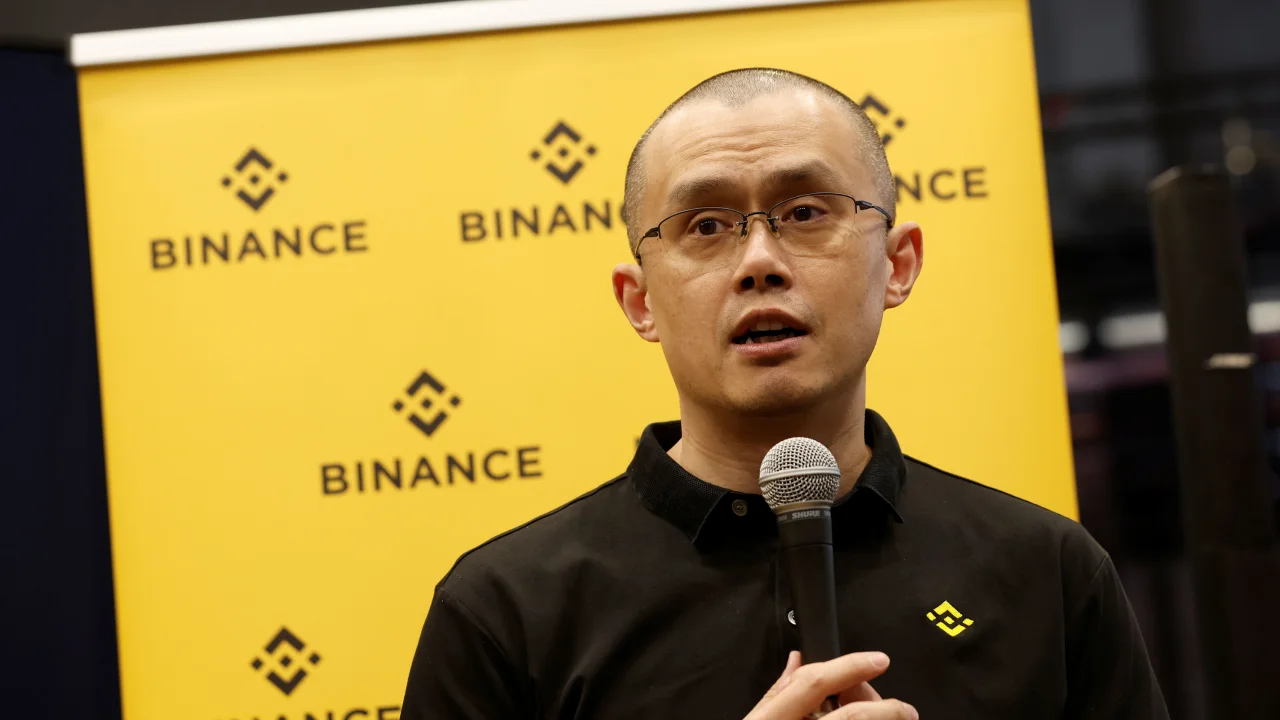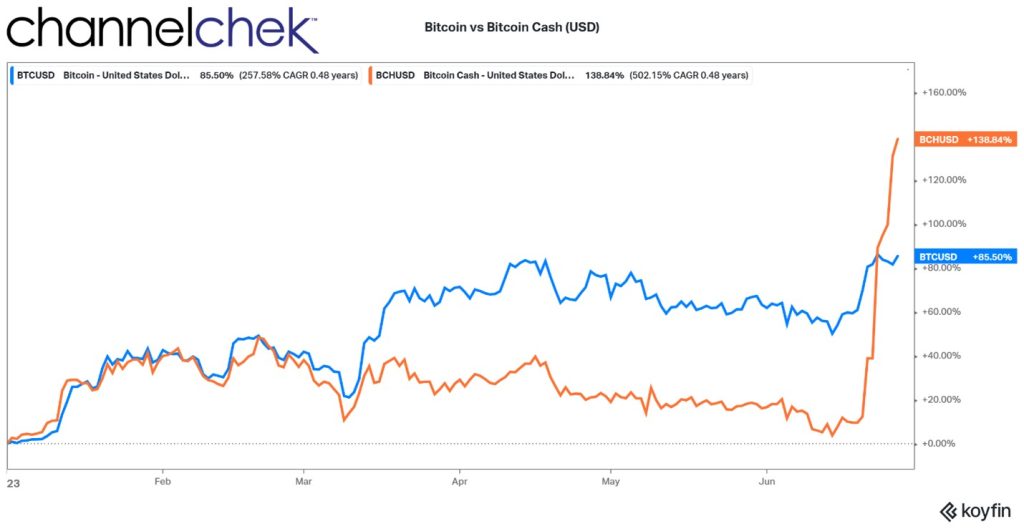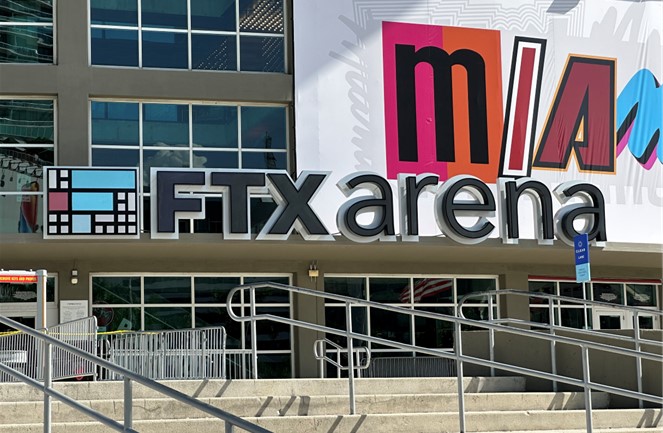In a revolutionary move, El Salvador has solidified its place as a trailblazer in the world of cryptocurrency by announcing the regulatory approval and issuance of Bitcoin bonds, colloquially known as “Volcano Bonds.” Set to launch in the first quarter of 2024, these bonds represent a groundbreaking step towards financing the construction of “Bitcoin City,” a visionary project fueled by thermal energy from a volcano. As El Salvador continues to make waves in the crypto space, this article explores the intricacies of the Volcano Bonds and the broader implications for investors and the country’s economic landscape.
A Visionary Leap into Cryptocurrency
Led by President Nayib Bukele, El Salvador made history in 2021 by declaring Bitcoin as legal currency alongside the US dollar. The objective was to streamline remittances and enhance financial services accessibility for the 70 percent of Salvadorans lacking a traditional bank account. Despite this bold move, a May 2021 poll by the Central American University revealed that 71 percent of respondents believed Bitcoin had not positively impacted their family’s economic situation.
However, undeterred by public sentiment, El Salvador pressed on, guided by a vision that extended beyond mere adoption to the creation of a transformative “Bitcoin City” in the country’s eastern region. This city, powered by thermal energy harnessed from a volcano, aimed to be a beacon of innovation and sustainability.
The Volcano Bonds: Financing the Future
The Volcano Bonds, set to launch in early 2024, are instrumental in turning President Bukele’s vision into reality. Approved by the Digital Assets Commission (CNAD), these bonds represent a financial instrument designed to address sovereign debt obligations while providing the capital needed to construct Bitcoin City. With an allocation of at least $1 billion from the Volcano Bonds earmarked for the project, El Salvador is poised to create a technological marvel that showcases the synergy between cryptocurrency and sustainable development.
Building Bitcoin City: A Green Technological Marvel
Bitcoin City is more than just a construction project; it symbolizes El Salvador’s commitment to sustainable and innovative urban development. The use of thermal energy from a volcano not only underscores the country’s unique geographical advantages but also signals a departure from traditional energy sources, aligning with the global push for green initiatives.
As investors look toward the horizon, the construction of Bitcoin City becomes an intriguing prospect. The success of this project could potentially inspire similar endeavors worldwide, with governments and private entities exploring the integration of cryptocurrency in urban planning and development.
El Salvador’s Growing Bitcoin Holdings
To solidify its commitment to cryptocurrency, the Salvadoran government has steadily increased its Bitcoin holdings. Currently holding 2,381 bitcoins, the government’s latest purchase of 80 bitcoins in July 2022 reflects a strategic approach to accumulating this digital asset. President Bukele further announced a plan to acquire one bitcoin daily starting from November 17, 2022, although the government has not disclosed whether this target has been met.
This concerted effort to amass Bitcoin underscores El Salvador’s belief in the long-term value and potential of cryptocurrency. For investors, it signals a country actively diversifying its portfolio, adding a digital asset to its reserves in a strategic move that aligns with the evolving landscape of global finance.
Trading on the Bitfinex Securities Platform
The issuance of the Volcano Bonds is set to take place on the Bitfinex Securities Platform, a registered trading site for blockchain-based equities and bonds in El Salvador. This move not only streamlines the trading process but also marks a bridge between traditional financial systems and the burgeoning cryptocurrency landscape. It invites investors to participate in a novel financial instrument backed by the transformative power of blockchain technology.
Beyond Volcano Bonds: El Salvador’s Cryptocurrency Ventures
El Salvador’s foray into cryptocurrency extends beyond the Volcano Bonds. In a recent development, the country launched a $1 billion Bitcoin mining project in collaboration with Luxor Technology and Tether. Dubbed “Volcano Energy,” this initiative aims to establish a 241 MW generation park named in honor of the project, where Bitcoin mining will take center stage.
As El Salvador actively explores the potential of cryptocurrency in diverse sectors, investors keen on embracing the future of finance should keep a close eye on the country’s progressive initiatives. The Volcano Energy project, in particular, demonstrates the integration of Bitcoin mining with traditional energy infrastructure, offering a unique investment avenue for those looking to diversify within the cryptocurrency space.
Conclusion: Investing in El Salvador’s Cryptocurrency Odyssey
El Salvador’s journey into the world of Bitcoin bonds, Bitcoin City, and innovative cryptocurrency projects is not only historic but presents a unique investment landscape. As the Volcano Bonds come to fruition in the first quarter of 2024, investors have an opportunity to be part of a transformative chapter in the country’s economic history.
The success of Bitcoin City and other cryptocurrency initiatives in El Salvador could potentially pave the way for similar endeavors globally. Investors, whether seasoned cryptocurrency enthusiasts or those exploring the space for the first time, should closely monitor the developments in El Salvador. The “Bitcoin City” powered by a volcano is not just a symbol of technological advancement but a beacon for those seeking investment opportunities in the ever-evolving world of cryptocurrency. El Salvador’s cryptocurrency renaissance is unfolding, and investors have a front-row seat to witness the fusion of tradition and innovation in the heart of Central America.

















